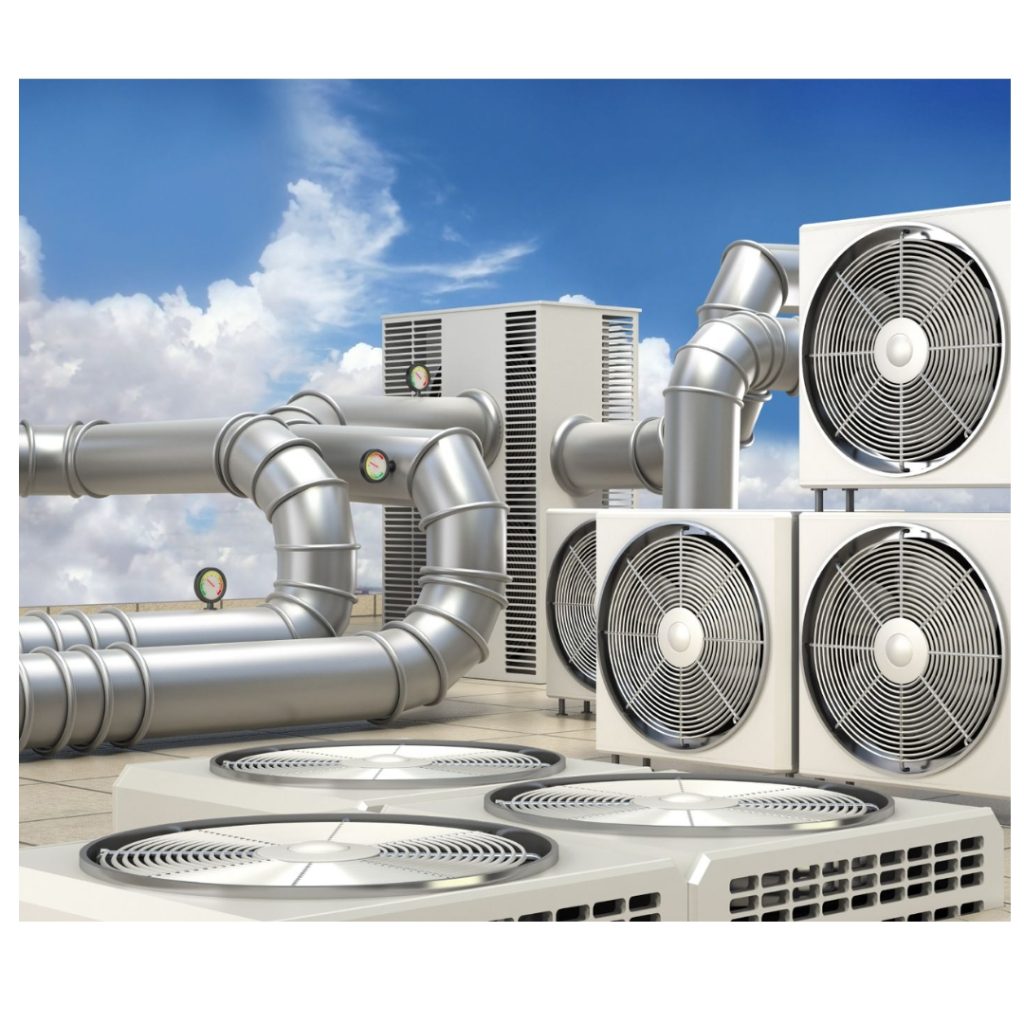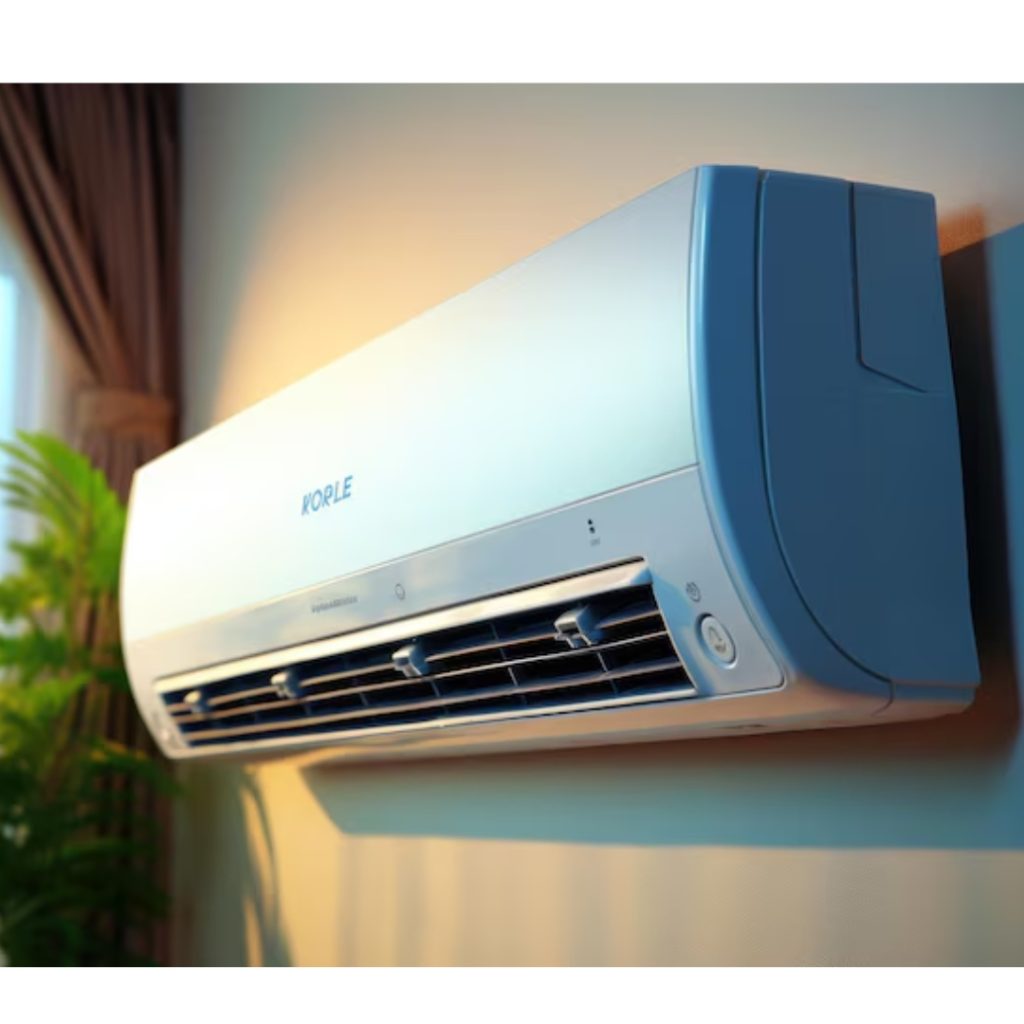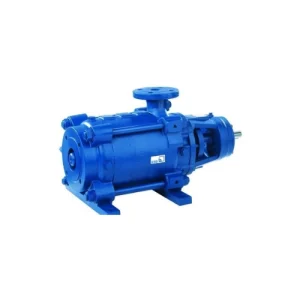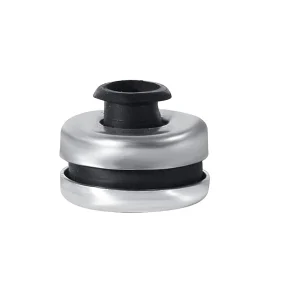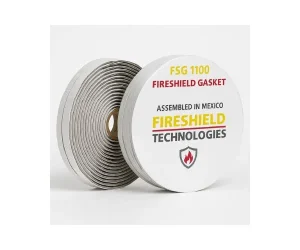- What is an air conditioner?An air conditioner is a system that cools and dehumidifies the air to provide a comfortable indoor environment, especially in hot climates. It works by removing heat from the indoor air and releasing it outside, typically using a refrigeration cycle. An air conditioner consists of evaporator coils, a compressor, and a condenser, and it often includes additional components like filters and fans to ensure clean and cool air circulates effectively.
- Are air conditioners worth it?Yes, air conditioners are worth it for most homes and businesses, particularly in regions with high temperatures. They provide much-needed relief from extreme heat, improve indoor air quality, and contribute to better comfort and productivity. While the initial installation cost can be high, the long-term benefits of cooling and health benefits (like reduced heat-related illnesses) often outweigh the expenses. With newer, more energy-efficient models, air conditioners can help reduce electricity consumption, making them a worthwhile investment.
- Does an air conditioner need electricity?Yes, air conditioners require electricity to operate. They rely on electrical power to run the compressor, fans, and other components necessary for cooling the air. Air conditioners typically consume a significant amount of energy, but newer, energy-efficient models have been designed to reduce power consumption while providing effective cooling. It's important to choose a model with a high energy efficiency rating (EER) to keep electricity bills in check.
- Can an air conditioner be controlled remotely?Yes, many modern air conditioners can be controlled remotely. Many units come with smart technology that allows users to control the temperature, fan settings, and other functions via a mobile app or smart home system. This remote control capability offers convenience and can help optimize energy use, especially if you want to adjust the cooling before arriving home or turn off the AC remotely when you leave the house. This feature is especially popular with split or ducted AC systems.
WORLDWIDE SHIPPING via DHL | Free Shipping above 200aed in UAE | Free Samples | Exceptional offerings since 2010 PROJECTS CERTIFICATE & ACHIVEMENTS IMPORT & EXPORT

